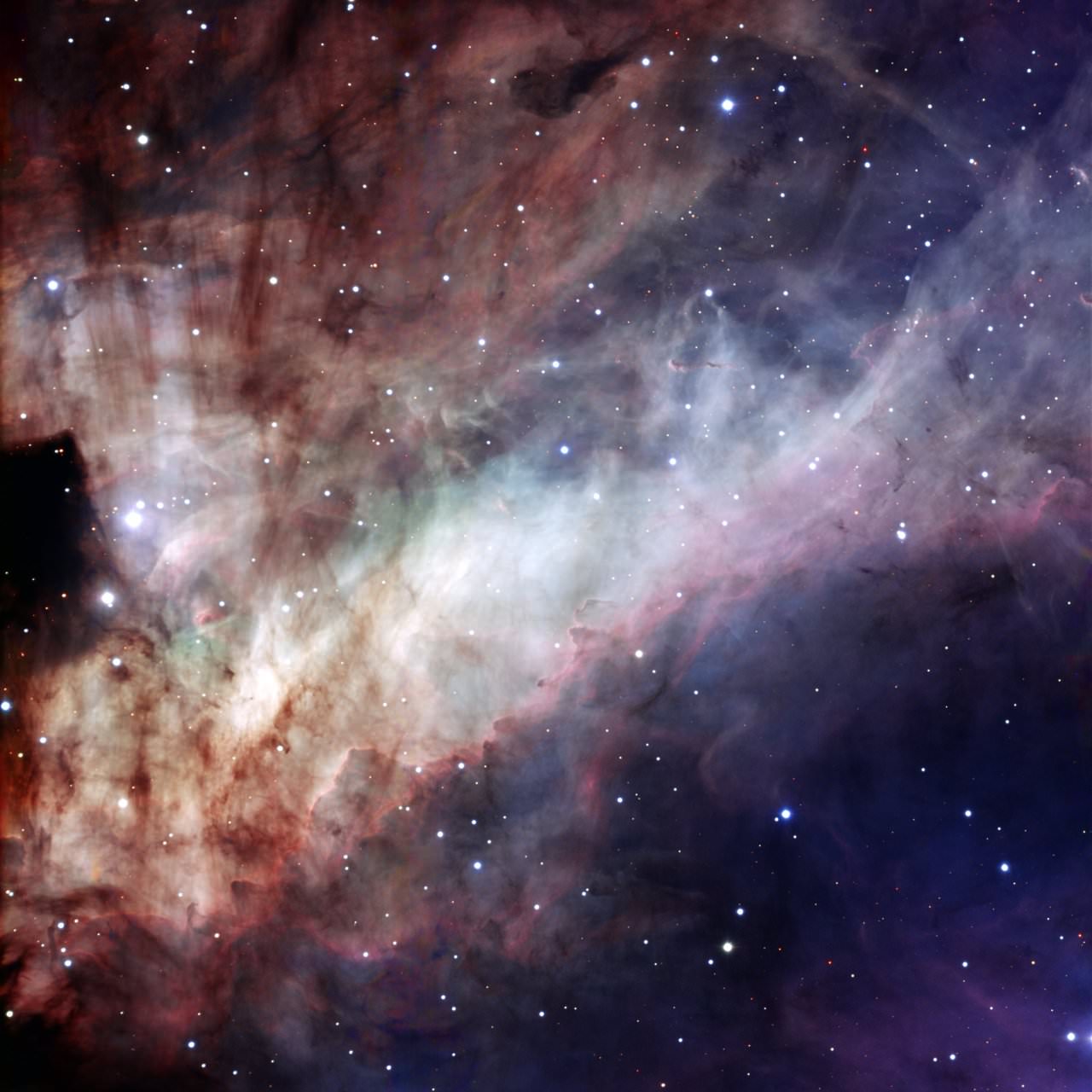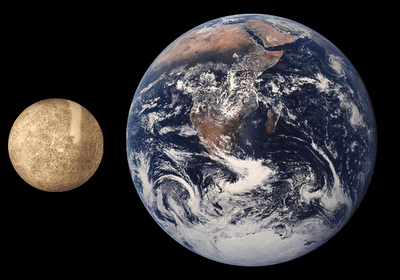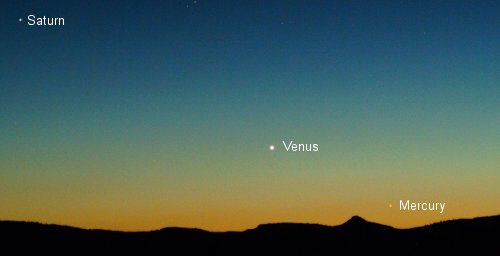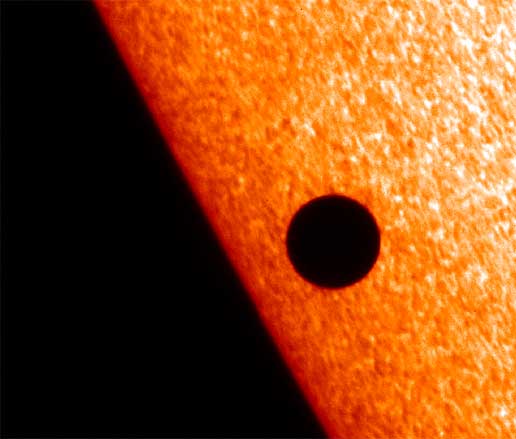[/caption]
Astronomers at Australia’s Commonwealth Scientific Research Organization (CSRIO) have revealed the hidden face of an enormous galaxy called Centaurus A, which emits a radio glow covering an area 200 times bigger than the full Moon.
The galaxy’s radio waves have been painstakingly transformed into a highly detailed image, which is being unveiled to the public for the first time.
Centaurus A lies 14 million light-years away, in the southern constellation Centaurus, and houses a monster black hole 50 million times the mass of the Sun.
The galaxy’s black hole generates jets of radio-emitting particles that billow millions of light years out into space.
The spectacular sight is invisible to the naked eye.
“If your eyes could see radio waves you would look up in the sky and see the radio glow from this galaxy covering an area 200 times bigger than the full Moon,” said the lead scientist for the project, Dr Ilana Feain of CSIRO’s Australia Telescope National Facility (ATNF).
“Only a small percentage of galaxies are of this kind. They’re like the blue whales of space – huge and rare.”
Seen at radio wavelengths, Centaurus A is so big and bright that no-one else has ever tried making such an image.
“This is the most detailed radio image ever made of Centaurus A, and indeed of any galaxy that produces radio jets,” said Dr Lewis Ball, Acting Director of the ATNF.
“Few other groups in the world have the skills and the facilities to make such an image, and we were the first to try.”
Dr Feain and her team used CSIRO’s Australia Telescope Compact Array telescope near Narrabri, NSW, to observe the galaxy for more than 1200 hours, over several years.
This produced 406 individual images, which were ‘mosaiced’ together to make one large image.
Dr Feain combined the Compact Array data and data taken from CSIRO’s Parkes radio telescope.
Processing the image – combining the data, taking out the effects of radio interference, and adjusting the dynamic range – took a further 10,000 hours.
Astronomers will use the image to help them understand how black holes and radio jets interact with a galaxy’s stars and dust, and how the galaxy has evolved over time.
Centaurus A is the closest of the galaxies with a supermassive black hole producing radio jets, which makes it the easiest to study.
Astronomers are interested in studying more of these rare, massive galaxies to determine the role black holes play in galaxy formation and growth.
Centaurus A was one of the first cosmic radio sources known outside our own Galaxy.
The (visible) galaxy was discovered and recorded at Parramatta Observatory near Sydney in 1826. It was later catalogued as NGC 5128.
As a radio source, Centaurus A was discovered from Dover Heights in Sydney by CSIRO scientists in 1947.
The CSIRO image of Centaurus A were presented on Friday July 3 at an international conference, The Many Faces of Centaurus A, at the Mint in Sydney.
Source: CSRIO







